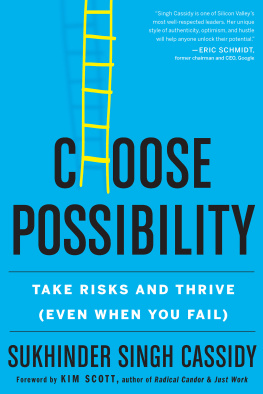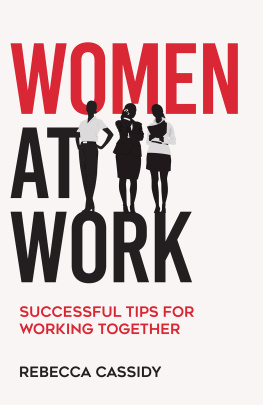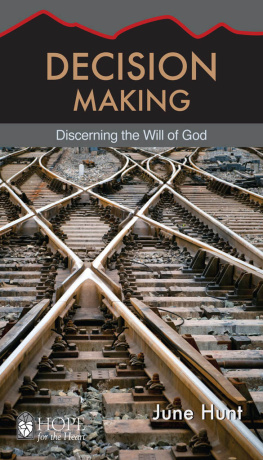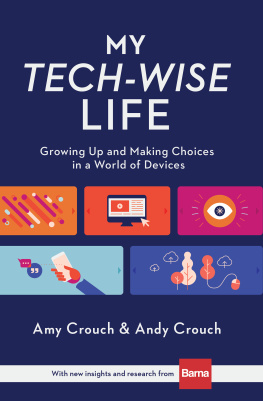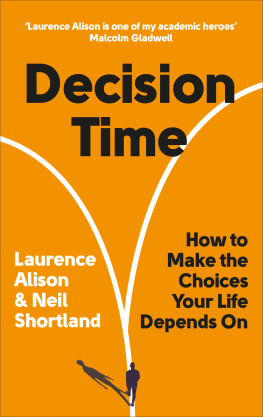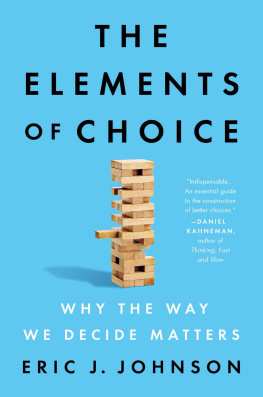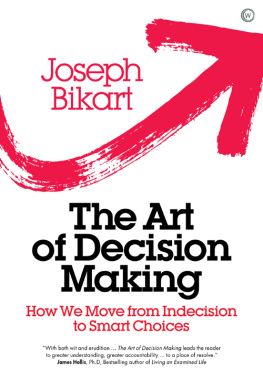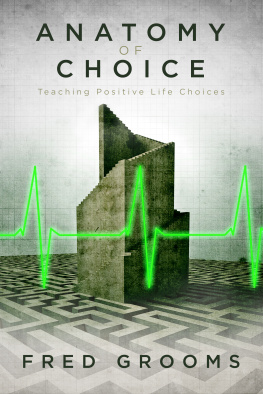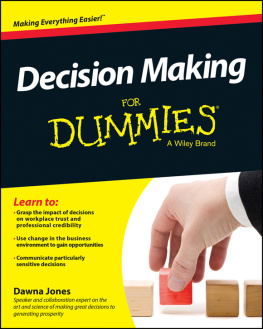Copyright 2021 by Sukhinder Singh Cassidy
All rights reserved
For information about permission to reproduce selections from this book, write to or to Permissions, Houghton Mifflin Harcourt Publishing Company, 3 Park Avenue, 19th Floor, New York, New York 10016.
hmhbooks.com
Library of Congress Cataloging-in-Publication Data
Names: Cassidy, Sukhinder Singh, author.
Title: Choose possibility : take risks and thrive (even when you fail) / Sukhinder Singh Cassidy.
Description: Boston : Houghton Mifflin Harcourt, 2021. | Includes bibliographical references and index.
Identifiers: LCCN 2021004056 (print) | LCCN 2021004057 (ebook) | ISBN 9780358525707 (hardcover) | ISBN 9780358581734 (audio) | ISBN 9780358581901 (audio) | ISBN 9780358525899 (ebook) | ISBN 9780358671428 (international edition)
Subjects: LCSH : Career development. | Risk-taking (Psychology) | Success in business.
Classification: LCC HF 5381 . C 3937 2021 (print) | LCC HF 5381 (ebook) | DDC 650.1dc23
LC record available at https://lccn.loc.gov/2021004056
LC ebook record available at https://lccn.loc.gov/2021004057
Cover design by Martha Kennedy
Author photograph courtesy of the author
v1.0721
To my parents, who showed me the power of love and possibility every day
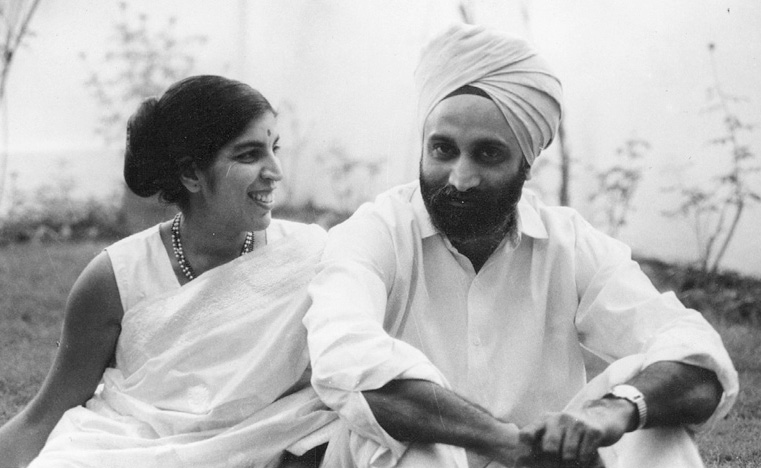
When nothing is sure, everything is possible.
MARGARET DRABBLE
Foreword
Early on in my career, when a start-up Id cofounded was failing, a mentor passed on some wisdom hed received when his business was failing. There is a fine line, someone told him, between success and failure. When youre succeeding, never think youre as good as everyone is telling you that you are. And when youre failing, never think youre as bad as everyone is telling you that you are.
These words have helped me enormously, grounding me during the good times and comforting me during the bad. So imagine my delight to find that my friend Sukhinder Singh has done my mentor one better. ChoosePossibility shares a powerful risk-taking framework Sukhinder developed over the course of a successful Silicon Valley career. Underlying this framework is a keen awareness of the fine line separating success and failure. But Sukhinder not only observes this line and explains why it exists. She also helps us understand better how to put this wisdom into practice so as to move in the direction of our dreams.
The truth is, we seldom appreciate the close connections between success and failure. Failure is painful and threatening to our egos, so much so that we find it impossible to glean in it the seedlings of our future success. We cant understand the blessings of the class weve failed or the start-up that doesnt catch on or the job from which weve been fired. Rather, we panic and become paralyzed. Choose Possibility helps you recover from your stumbles or missteps so that you can risk it all again and keep growing. Sukhinder shows you how to pick yourself up and dust yourself off and get back in the saddle.
With real compassion, Sukhinder explores how to manage the ego risk of failure. How can you inoculate yourself from this most dangerous of fears? For example, when I had just finished writing Radical Candor, someone told me, You shouldnt publish this book. It makes you look stupid and insecure. Ouch! I had to wrestle my old fear of making a fool of myself to the ground if I was going to move forward. And eventually, I did. Even if people did think the stories in my book made me look ridiculous, I stood by what Id written. Sukhinder offers a way to think about the ego risks of failure, and how to inoculate yourself so that you can take positive action more easily. How I wish Id had her book then!
Of course, the risk of failure and rejection plays out differently for all of us. Right out of college, I had a very specific career goal: I wanted to work in Moscow on the issue of military conversiona fancy way of saying that I wanted to help turn swords into plowshares. There werent a lot of jobs in this area, to say the least. I took a job with a Russian think tank to write a paper on this topic, but the pay was measlysix dollars a month. There was exactly one American company working on this issue, and my letters to them went unanswered.
I got this companys address and marched into their front door to ask for a job. For me this wasnt a very big risk. I marched back out that door with a job offer in hand. My risk there was only ego riskthere was very little risk of bodily harm to me walking in the door. That is privilege, and its unjust.
Contrast my experience with that of Shaun Jayachandran, an Indian American man. When he walked into the World Bank offices to inquire about an internship opportunity, the guards drew their guns on him. Decades later, the memory still brings tears to his eyes. But he used that experience to deepen his commitment to making the world more just. Today, he is founder and president of Crossover Basketball and Scholars Academy, an international basketball program in India that provides educational opportunities for all students regardless of socioeconomic status. Shaun chose possibility. And his choice has had a positive impact on many people.
I hope that reading Choose Possibility will help you, too, to take failure in stride. Learn Sukhinders tools and techniques. Absorb her wisdom. May you move more boldly in the direction of your dreams, learning from both your successes and your failures, and making the world just a little bit better.
Kim Scott
Introduction
Have you ever suffered through a really tough job search, absorbing multiple blows to your self-confidence? That was me during the fall of 1992. I was twenty-two years old and had graduated the previous May with an undergraduate degree from the Ivey Business School at the University of Western Ontario in Canada. All of my friends had landed positions at prestigious investment banking and consulting firms, but I hadnt. I had gone abroad my senior year as part of an exchange program, missing most of the on-campus recruiting season. Upon returning home I scrambled for interviews, and of the few I landed, none led to anything. By graduation, Id been forced to take the same temporary job Id had the previous summer, selling conference space for a hotel in our small university town of London, Ontario. Meanwhile, my friends were starting their impressive careers.
I decided I needed another shot at recruiting, so I stuck around London to participate in the fall on-campus recruiting season, stalking the job boards right beside students the year below me who hadnt yet graduated. I landed several prestigious interviewsGoldman, McKinsey, Monitorbut still didnt receive any offers. I had been a ridiculous overachiever in high school and done well in my college classes without too much trouble. Now, for the first time in my life, success eluded me. I was nine months into my job search and hiding out alone in my rented room, feeling anxious and dejected as I replayed each job application fail in my head.
Not knowing what else to do, I kept obsessively checking the job boards and applying to new opportunities. One day, I saw that a private investment firm called Claridge Investment, Ltd., was looking to hire a graduating MBA student for a position as an associate. I had no business applying for this jobI lacked an MBA, had hardly any work experience, was at least four years younger than most graduate students, and only vaguely knew what private equity was. Claridge, meanwhile, was a pretty big deal. Headquartered in Montreal, it was the investment arm of the Bronfman family, one of Canadas wealthiest and most powerful dynasties.

